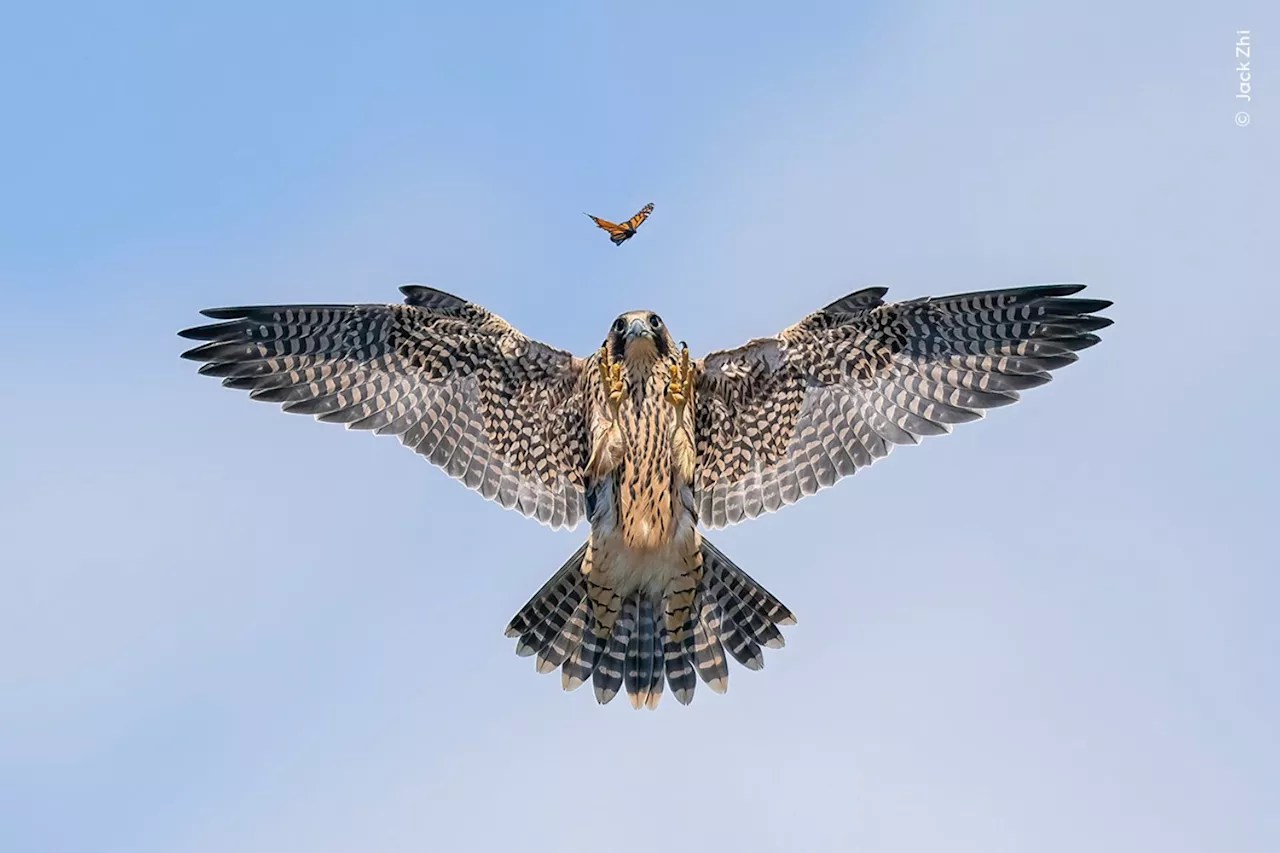Insects stuck in sundew plants’ sticky secretions suffocate and die before being subjected to a medley of digestive enzymes.
Insects have plenty to beware when it comes to carnivorous plants. Add an acid-loving fungus to that list of dangers.). As stuck prey suffocate in mucilage or die from exhaustion, the plant produces enzymes that dissolve the bodies into nutrients later absorbed by the leaves.produces additional digestive enzymes and makes the leaf’s environment more acidic, which helps both plant and fungal enzymes mixed into the mucilage work more efficiently.
“Ultimately this creates a synergistic effect,” says Isheng Jason Tsai, an evolutionary biologist at Academia Sinica in Taipei, Taiwan. Prey decomposition speeds up and the plant gets more nutrients. Previous studies hinted that bacteria living in the mucilage of other carnivorous plants including pitcher plants and bladderworts could aid in digestion.
Confirming that a specific microbe can support digestion “reshapes our understanding of plant carnivory,” Tsai says. “This opens up new avenues to explore other carnivorous plants and their potential microbial helpers.”) — a species found in temperate and tropical regions including Taiwan — and found a diverse assortment of both bacteria and fungi.topped the list as the most abundant, making up roughly an average 40 percent of the microbial genetic material found in leaf mucilage.
Inoculating sundew plants with helpful fungus in a lab decreased the time it took them to break down insect matter from 92 hours to 73 hours.dwells on sundew plants across three continents suggests an ancient relationship between the two, Tsai says. Finding the fungus on other carnivorous plants as well hints that “the relationship is a more widespread evolutionary strategy in botanical carnivory” — a match made in insect-gobbling heaven.
United States Latest News, United States Headlines
Similar News:You can also read news stories similar to this one that we have collected from other news sources.
 Invasive caterpillars can make aspen forests more toxic for native insects—ecologists explain howWhen we walked with a colleague into an aspen forest near Madison, Wisconsin, in the early spring of 2021, we expected to finalize our plans for a research project on several species of insects that live and feed on the trees. Instead, we found a forest laden with fuzzy, brown egg masses.
Invasive caterpillars can make aspen forests more toxic for native insects—ecologists explain howWhen we walked with a colleague into an aspen forest near Madison, Wisconsin, in the early spring of 2021, we expected to finalize our plans for a research project on several species of insects that live and feed on the trees. Instead, we found a forest laden with fuzzy, brown egg masses.
Read more »
 Helene disrupts yellow jacket, bee nests in North Carolina, prompting massive Benadryl, EpiPen requestsDeadly flooding from Hurricane Helene in western North Carolina has disrupted the underground nests of yellow jackets, bees and other insects.
Helene disrupts yellow jacket, bee nests in North Carolina, prompting massive Benadryl, EpiPen requestsDeadly flooding from Hurricane Helene in western North Carolina has disrupted the underground nests of yellow jackets, bees and other insects.
Read more »
 US to hand over pest inspections of Mexican avocados to Mexico and California growers aren’t happyInspectors hired by the U.S. Department of Agriculture have been guarding against imports of avocados infected with insects and diseases since 1997, but they have also been threatened in Mexico for…
US to hand over pest inspections of Mexican avocados to Mexico and California growers aren’t happyInspectors hired by the U.S. Department of Agriculture have been guarding against imports of avocados infected with insects and diseases since 1997, but they have also been threatened in Mexico for…
Read more »
 Among Alaska’s most unlikely residents, wood frogs are the farthest north amphibian cannibalsBecause insects become scarce when the fall chill sets in, wood frogs might eat their numerous, highly available sons and daughters to help them survive the winter.
Among Alaska’s most unlikely residents, wood frogs are the farthest north amphibian cannibalsBecause insects become scarce when the fall chill sets in, wood frogs might eat their numerous, highly available sons and daughters to help them survive the winter.
Read more »
 Wildlife Photographer of the Year Winning Images Show the Beauty of Life and DeathThe winning images will be on display in London this week and feature remarkable shots of insects, birds, reptiles, and more.
Wildlife Photographer of the Year Winning Images Show the Beauty of Life and DeathThe winning images will be on display in London this week and feature remarkable shots of insects, birds, reptiles, and more.
Read more »
 Hurricane Helene flooding in NC stirs yellow jacket swarms, prompting distribution of Benadryl and EpiPensSwarms of stinging insects in North Carolina are swarming those trying to recover from the aftermath of Hurricane Helene, prompting the distribution of Benadryl and epinephrine injections.
Hurricane Helene flooding in NC stirs yellow jacket swarms, prompting distribution of Benadryl and EpiPensSwarms of stinging insects in North Carolina are swarming those trying to recover from the aftermath of Hurricane Helene, prompting the distribution of Benadryl and epinephrine injections.
Read more »
